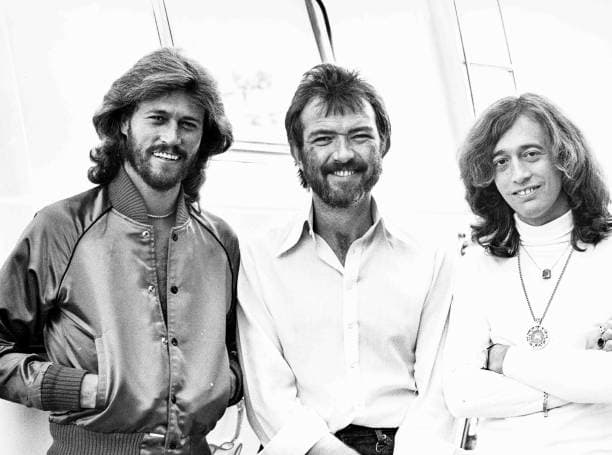
Bee Gees – “Tragedy”: A Dance Anthem That Defined an Era
Released in 1979, “Tragedy” by the Bee Gees quickly became a defining track of the disco era, demonstrating the trio’s unparalleled ability to blend emotional depth with infectious, danceable rhythms. The song reached No. 1 on the Billboard Hot 100 and dominated the charts worldwide, showcasing the Bee Gees’ ability to create music that resonated with both pop and disco audiences. As the disco movement was nearing its peak, “Tragedy” became more than just a hit—it became a cultural touchstone.
At its core, “Tragedy” is a song about the overwhelming feeling of heartbreak, exploring the pain of losing someone and the emotional devastation that follows. The lyrics, while undeniably heavy, are set against a backdrop of upbeat, driving rhythms and lush instrumentation, a characteristic that was typical of the Bee Gees’ music during this era. The juxtaposition of sorrow and joy gives the song a unique emotional tension, allowing listeners to both mourn and dance simultaneously.
What makes “Tragedy” so memorable is the Bee Gees’ distinctive vocal harmonies, which are as sharp as ever in this track. Barry Gibb’s falsetto, in particular, is haunting and powerful, conveying the anguish of the song’s theme while maintaining the infectious energy that made it a dance-floor favorite. The lush orchestration and electronic beats give the song a sense of grandeur, enhancing the emotional impact of the lyrics.
For older listeners, “Tragedy” is a classic reminder of the heyday of disco music, an era that saw the Bee Gees at the height of their popularity. For younger audiences, it serves as a brilliant example of how the Bee Gees merged heartache with the infectious rhythms of the disco genre, creating something both timeless and ahead of its time. “Tragedy” is more than just a dance anthem—it’s a track that captured the essence of an era while exploring universal themes of love and loss.